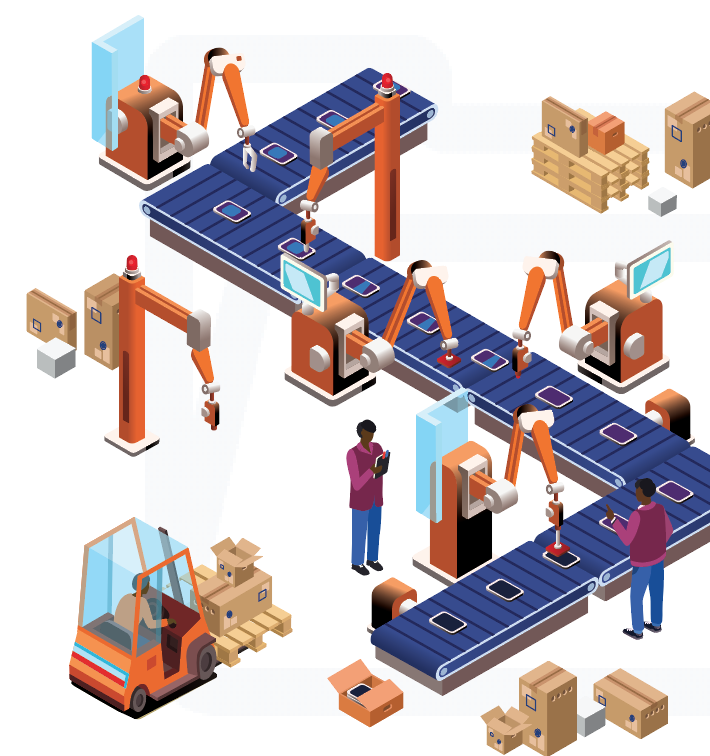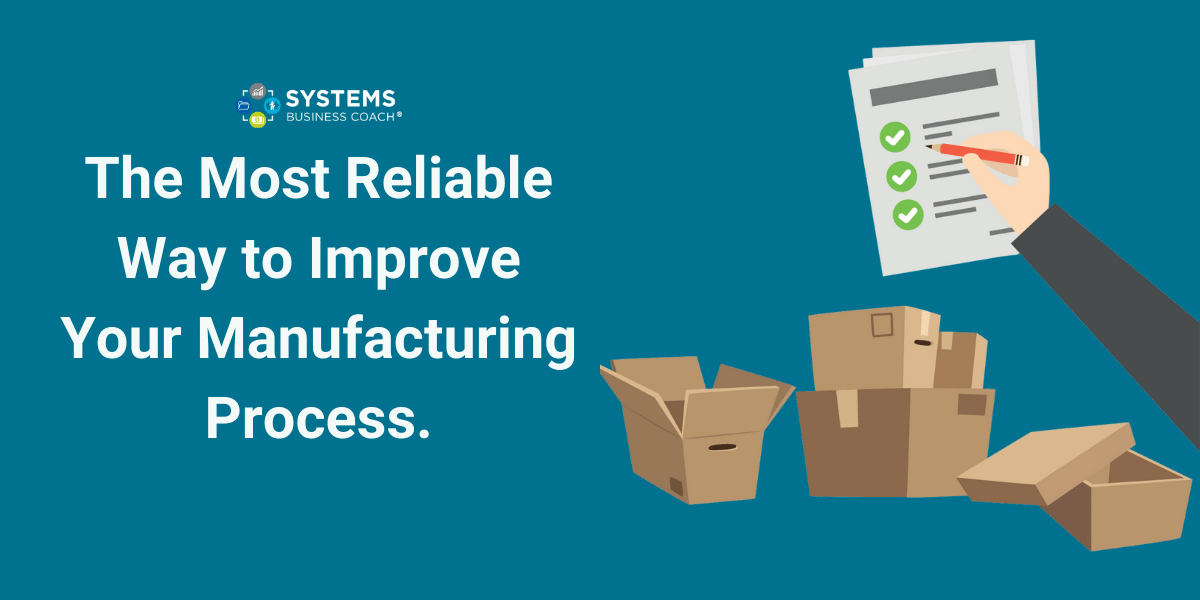The systems/processes you use to produce and deliver your product or service will determine your ultimate business success.
If you can’t get your product to your customers or create a product at a reasonable price, you won’t make money or retain customers. If you get your customers their products at the expense of your team, the product’s quality or your personal well-being, then you don’t have a sustainable business model.
So, where’s the balance?
Often we get so caught up in the day-to-day running of the business that we don’t take the time to look at how we are doing things. When we adjust the way we do things, that’s when things change from busy and failing to productive and thriving.
By looking at your production system you will be able to consistently serve your customers, create an effective work process for your staff which increases productivity and revenue.

What does your manufacturing process look like?
How are you producing your goods and/or services? Are your systems giving you the results you want? What improvements can you make to your manufacturing process?
Strategically there are 2 key things to consider:
- Are you offering your product/service, on time, every time while ensuring that everyone on the team does well?
- Are your production systems constantly being followed and are you continuously improving them?
This is going to look different for every company.
The process of making and providing your product to your customer needs to be studied, measured, and documented. Once you do that, you can start a system of evaluation and continuous improvement.
Adjusting you production system
Where can you start making these changes?
Begin with a list of your products and for each one include the exact steps from conception to consumption for the product. Each product/service will have a unique set of patterns and rules.
Determining the best tools and strategies to manage projects, serve food, answer the phone, or whatever it is that your company does will decide if you will ever be free of the daily operations of your company.
Then you can turn these steps into workflow diagrams or descriptions for your staff to follow every time.

Improvements to your manufacturing process
When you map out your production for each product as you have it now, you can analyze it to see if anything needs to be moved or reorganized. Focus on the improvement of your manufacturing process.
Ask:
- Is production for each of your products as efficient as it can be?
- Are there tools available that could make production faster or more cost effective?
- If you had unlimited resources to put towards your production, what would it look like for each product?
- Are the new pieces you’ve put in place working for your production?
Streamline your production based on how your business is able to respond to the above questions. Don’t worry about implementing everything for every product; implement what you can now and record what you need to acquire to streamline your production in the future.
As the name suggests, continuous improvement means you’ll always be updating your production systems.
Different ways you can check in on your systems are:
- Experiment with different orders of production to see if it improves the process.
- Compare data from before and after to fully evaluate your new systems.
- Get feedback from your employees to ensure that the system is also working for them.

Keep the momentum going
Once you have your manufacturing process optimized, you have a road map to expand into new products and services. You can refer to these systems when producing new products in order to implement an efficient production system from day one.
“Being busy does not always mean real work. The object of all work is production or accomplishment and to either of these ends there must be forethought, system, planning, intelligence, and honest purpose, as well as perspiration. Seeming to do is not doing.”
– Thomas Edison (American inventor)
Until next time, enjoy your Entrepreneurial Journey!












